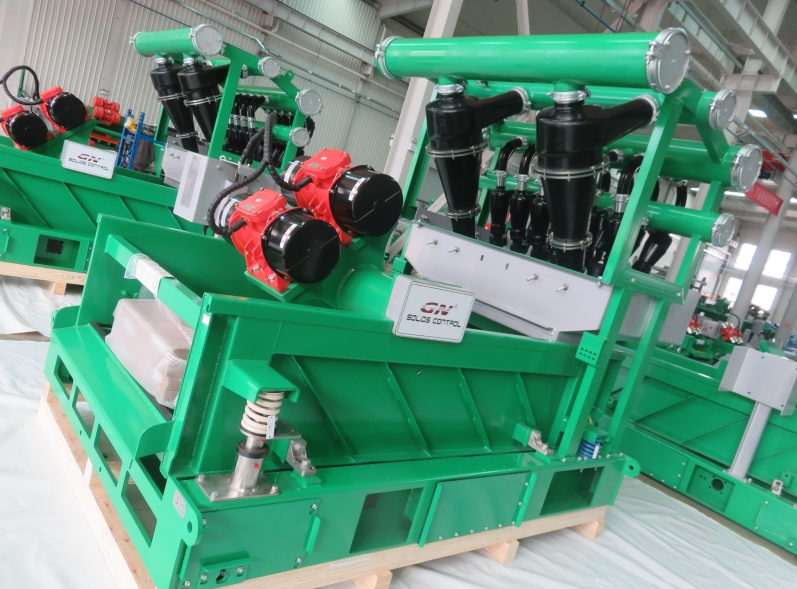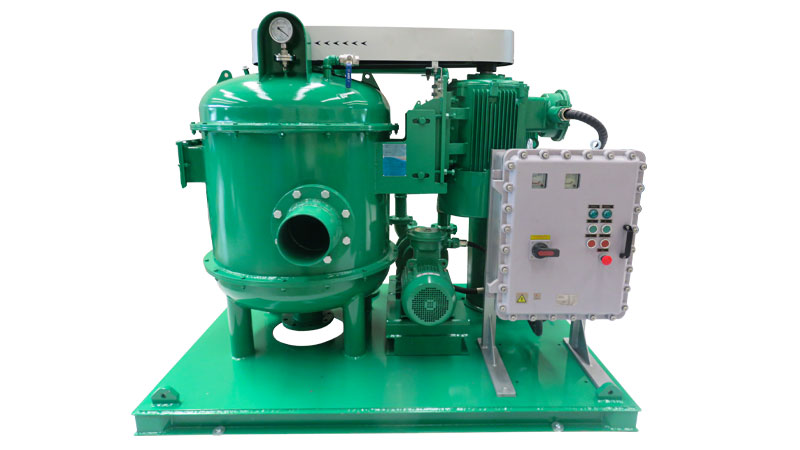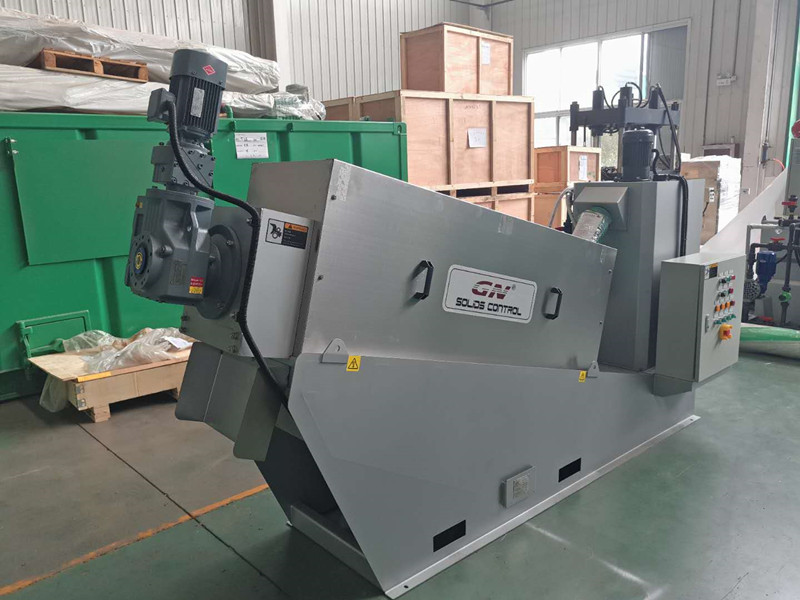A vertical cuttings dryer system is a crucial component in the process of drilling for oil and gas. During the drilling process, rock cuttings and drilling mud are produced. The drilling mud typically contains valuable drilling fluids that need to be recovered for reuse, and the cuttings need to be processed to meet environmental regulations. A vertical cuttings dryer system is designed to separate the drilling mud from the cuttings, thus allowing for the recovery of valuable drilling fluids. Here’s how it typically works, as drilling progresses, rock cuttings are brought to the surface along with the drilling mud. The cuttings are fed into the vertical cuttings dryer system, where they are introduced into a rotating drum. Once inside the drum, the cuttings are subjected to high-speed rotation, which creates centrifugal force. This force pushes the drilling mud out of the cuttings. The separated drilling mud is collected and directed back into the mud system for reuse in the drilling process. The now-dried cuttings are discharged from the dryer system. These cuttings are typically much drier than before, making them easier to handle and transport. They may still contain residual drilling fluids, but at much lower levels. Vertical cuttings dryer systems offer several advantages, they enable the recovery of valuable drilling fluids, reducing the amount of new drilling mud required. By reducing the volume of cuttings and the associated drilling fluids, they help operators meet environmental regulations regarding waste disposal. The recovered drilling fluids can be reused, reducing the overall cost of drilling operations. These systems play a critical role in modern drilling operations, not only improving efficiency but also ensuring environmental sustainability and regulatory compliance. At GN, our vertical cuttings dryer is built to process oil based mud and synthetic based mud. We also provide option to provide VFD system to control the speed and productivity of the vertical cuttings dryer. Our bearings are premium brand FAG. Also the flights on the rotor is hard facing to HRC 65, which gives it longer life than our competitors. One of the features includes a special high pressure air knife design to clean the basket screen automatically to avoid the screen blinding especially for high viscosity mud and water based mud. Our vertical cuttings dryer is a real capable equipment that works for projects around the world. With it, your projects and waste management is done easier and efficient.














